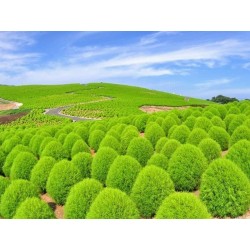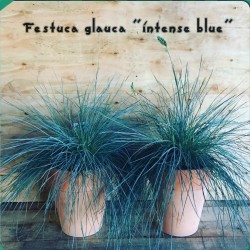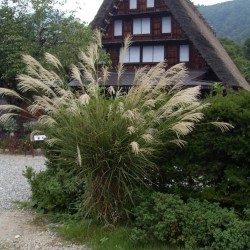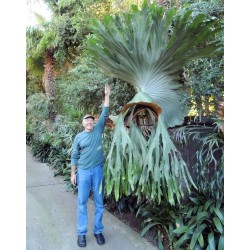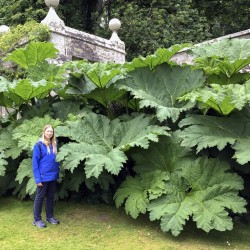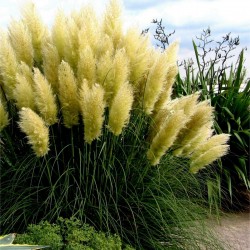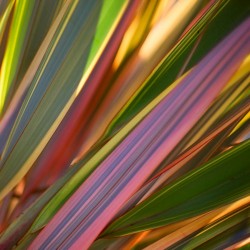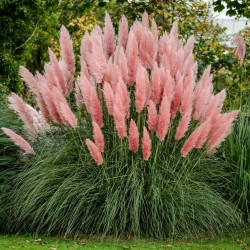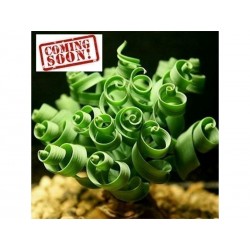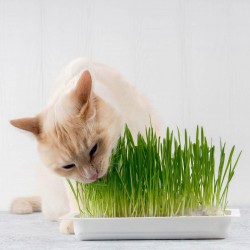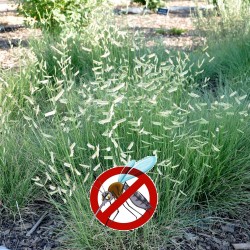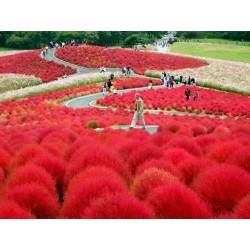
Semi di Cipresso d'estate...
Prezzo
1,50 €
SKU: UT 4
Seeds Gallery Com,
5/
5
<h2><span style="font-size:14pt;"><strong>Semi di Cipresso d'estate (Kochia Scoparia)</strong></span></h2>
<h2><strong><span style="color:#ff0000;"><span style="font-size:14pt;">Prezzo per il pacchetto di 25 o 100 semi.</span></span></strong></h2>
<div><span>Genere di piante erbacee o suffruticose della famiglia Amarantacee, proprie in gran parte dei terreni desertici e steppici. Vi appartiene pure la Kochia scoparia varietà trichophylla, nota comunemente come cipresso d'estate.</span></div>
<div>
<table style="width:540px;border:2px solid #08861c;" cellspacing="0" cellpadding="0" border="2" align="center"><tbody><tr><td colspan="2" width="511" valign="bottom">
<p align="center"><span style="color:#008000;"><strong>Sowing Instructions</strong></span></p>
</td>
</tr><tr><td width="120" valign="bottom">
<p align="center"><span style="color:#008000;"><strong>Propagation:</strong></span></p>
</td>
<td width="391" valign="bottom">
<p align="center"><span style="color:#008000;"> </span></p>
<p align="center"><span style="color:#008000;">Seeds</span></p>
</td>
</tr><tr><td width="120" valign="bottom">
<p align="center"><span style="color:#008000;"><strong>Pretreat:</strong><strong></strong></span></p>
</td>
<td width="391" valign="bottom">
<p align="center"><span style="color:#008000;">0</span></p>
</td>
</tr><tr><td width="120" valign="bottom">
<p align="center"><span style="color:#008000;"><strong>Stratification:</strong><strong></strong></span></p>
</td>
<td width="391" valign="bottom">
<p align="center"><span style="color:#008000;">0</span></p>
</td>
</tr><tr><td width="120" valign="bottom">
<p align="center"><span style="color:#008000;"><strong>Sowing Time:</strong><strong></strong></span></p>
</td>
<td width="391" valign="bottom">
<p align="center"><span style="color:#008000;"> all year round</span></p>
</td>
</tr><tr><td width="120" valign="bottom">
<p align="center"><span style="color:#008000;"><strong>Sowing Depth:</strong><strong></strong></span></p>
</td>
<td width="391" valign="bottom">
<p align="center"><span style="color:#008000;">1 cm</span></p>
</td>
</tr><tr><td width="120" valign="bottom">
<p align="center"><span style="color:#008000;"><strong>Sowing Mix:</strong><strong></strong></span></p>
</td>
<td width="391" valign="bottom">
<p align="center"><span style="color:#008000;"> Needs Light to germinate! Just sprinkle on the surface of the substrate + gently press</span></p>
</td>
</tr><tr><td width="120" valign="bottom">
<p align="center"><span style="color:#008000;"><strong>Germination temperature:</strong><strong></strong></span></p>
</td>
<td width="391" valign="bottom">
<p align="center"><span style="color:#008000;">18-23 ° C</span></p>
</td>
</tr><tr><td width="120" valign="bottom">
<p align="center"><span style="color:#008000;"><strong>Location:</strong><strong></strong></span></p>
</td>
<td width="391" valign="bottom">
<p align="center"><span style="color:#008000;"> bright + keep constantly moist not wet</span></p>
</td>
</tr><tr><td width="120" valign="bottom">
<p align="center"><span style="color:#008000;"><strong>Germination Time:</strong><strong></strong></span></p>
</td>
<td width="391" valign="bottom">
<p align="center"><span style="color:#008000;">1-2 weeks</span></p>
</td>
</tr><tr><td width="120" valign="bottom">
<p align="center"><span style="color:#008000;"><strong>Watering:</strong><strong></strong></span></p>
</td>
<td width="391" valign="bottom">
<p align="center"><span style="color:#008000;">Water regularly during the growing season</span></p>
</td>
</tr><tr><td width="120" valign="bottom">
<p align="center"><span style="color:#008000;"> </span></p>
</td>
<td width="391" valign="bottom">
<p align="center"><span style="color:#008000;"> </span></p>
<p align="center"><span style="color:#008000;">Copyright © 2012 </span></p>
<p align="center"><span style="color:#008000;">Seeds Gallery - Saatgut Galerie - Galerija semena.</span></p>
<p align="center"><span style="color:#008000;"> All Rights Reserved.</span></p>
</td>
</tr></tbody></table></div>
UT 4

- Solo online
- Nuovo




